Baldur's Gate 3 Early Access preview: A perfect playground to push Larian's RPG to its narrative limits
Don't wait to play Baldur's Gate 3: It's already brilliant, bugbears and all
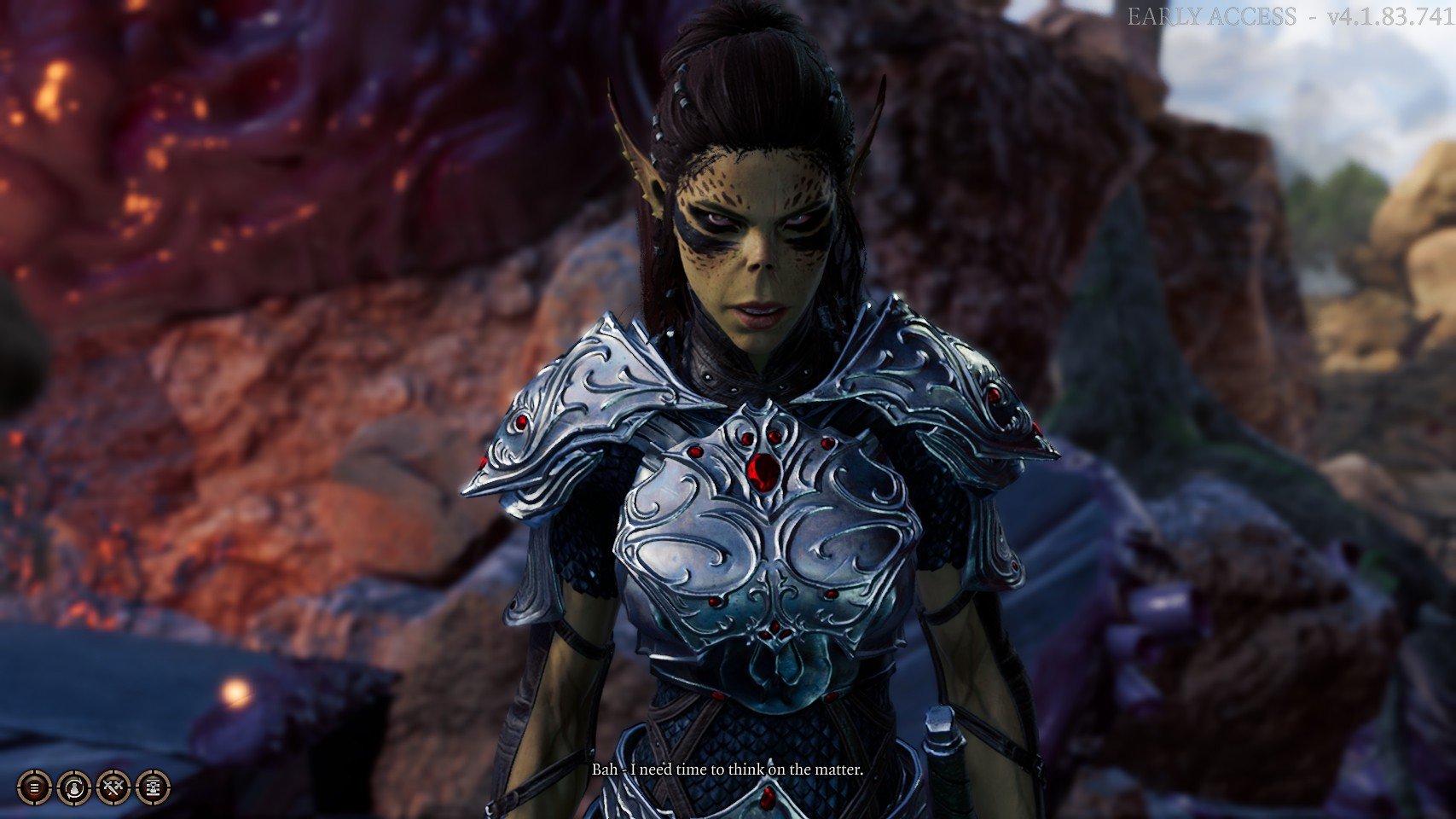
Steam Early Access wasn’t built for RPGs. The games that have thrived on Valve’s platform are mostly roguelikes and survival sims - experiences designed to be started and restarted. When these games are updated, there’s no downside: the loop begins again, punctuated with new surprises.
RPGs, by contrast, tend to be long and persistent. Players agonise over their choices, knowing their ramifications could last well beyond what's currently on their screen. They carefully kit out their characters with complementary skills, laying the foundations for 100 hour marathons. In that context, a reset button is a nuclear event; the save game wipes that tend to plague Early Access anathema to the genre.
Or so I had always felt. Then Larian changed the dominant paradigm in RPGs - replacing the chat-and-fight formula of Mass Effect with something more experimental. Drawing on Ultima and the immersive sims of the ‘90s, the Belgian studio built volatile simulations in which any given situation could go a number of ways - depending on whether you engaged a guard in conversation, slipped the key from his belt, or coated him in oil and set fire to the whole joint.

The potential for systemic play is what makes Baldur’s Gate 3 a vital game, even now in Early Access.
This potential for systemic play is what makes Baldur’s Gate 3 a vital game, even now in Early Access. Its new public build may not be the most polished way to experience the first chapter of its story - but repeated runs of a reduced game encourage a more playful, exploratory approach to a genre in which players tend to just pick a path and stick to it.
Think of Metal Gear Solid 5: Ground Zeroes, or the episodic release of Hitman’s levels. Though some players initially balked at their short length, many found that focusing on a single location made each game richer over time. The sensation of gradually mastering a space makes it one worth staying in - just as, if you stare at one patch of the night sky for long enough, it slowly reveals ever-more complex and marvellous networks of stars.
Playing the long game
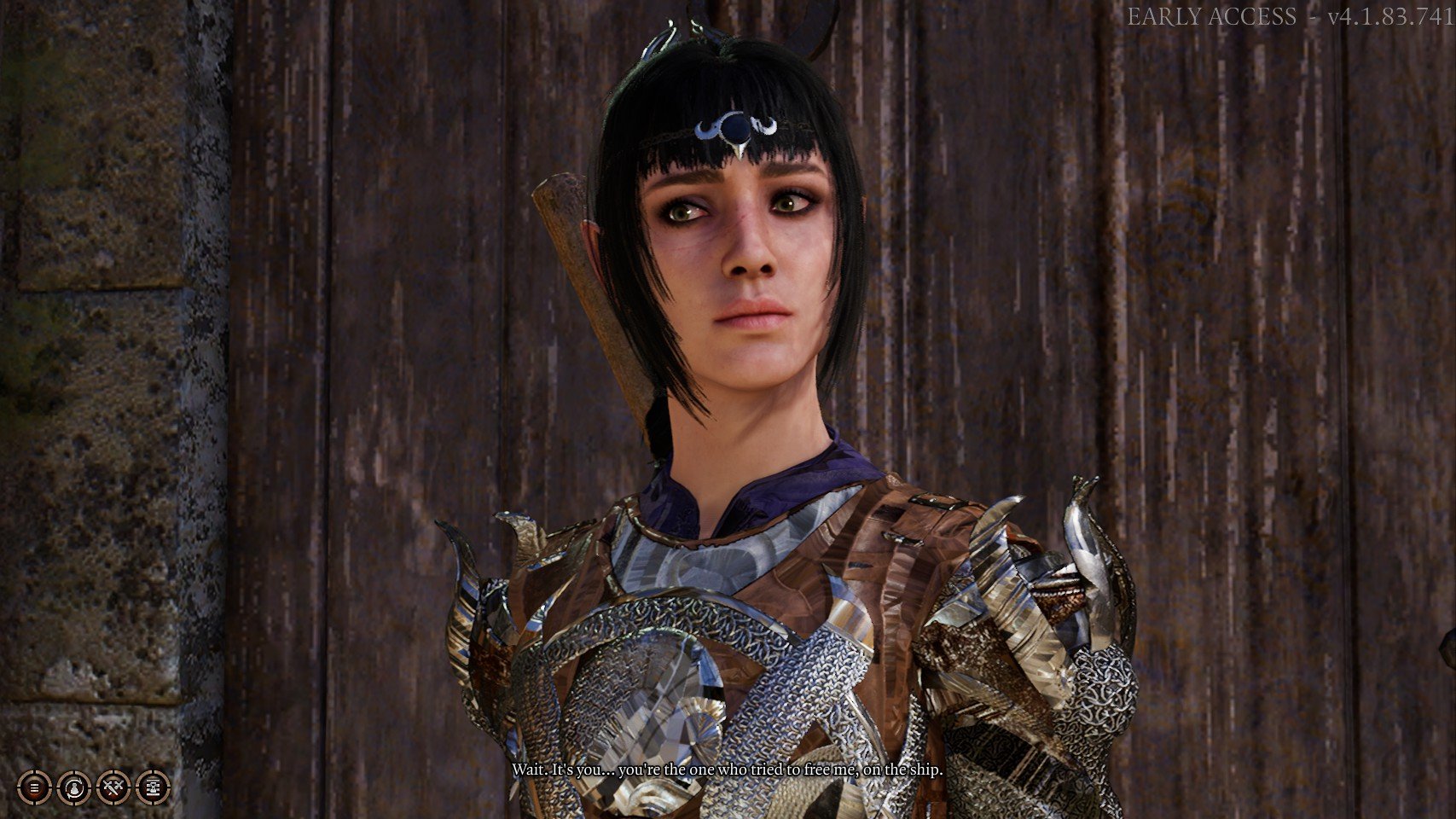
Baldur’s Gate 3’s Early Access build could hardly be called short - its 25 hours would be a respectable length for a finished RPG - but it settles on an unnamed stretch of the Sword Coast and leaves the Underdark-delving sprawl for Acts 2 and 3, which are at least a year away. As with Ground Zeroes and Hitman’s Sapienza, the narrower space pushes you to go deep rather than broad. Larian rewards the attention with a knotted, layered environment.
My first bumpy landing on the beach - amid the wreckage of a Nautiloid, best imagined as a cross between a spaceship and a conch shell - fires me into the path of Shadowheart, a cleric who instantly challenges me to open a large wooden door set into the cliffside. I’m a rogue, and so I do, making short work of the lock and leading our new party of two inside.
Sign up to the GamesRadar+ Newsletter
Weekly digests, tales from the communities you love, and more
I’m scarcely aware of having made a choice at all - until, hours of dungeon-crawling later, I happen back across the beach from a new vantage point, and realise I’ve cut out first encounters with three other potential party members. In terms of navigation, Baldur’s Gate 3 reminds me most of Dark Souls: a tangle of routes that curl back on themselves, like twisting vines (be wary of those - they do 1D6 piercing damage per turn).
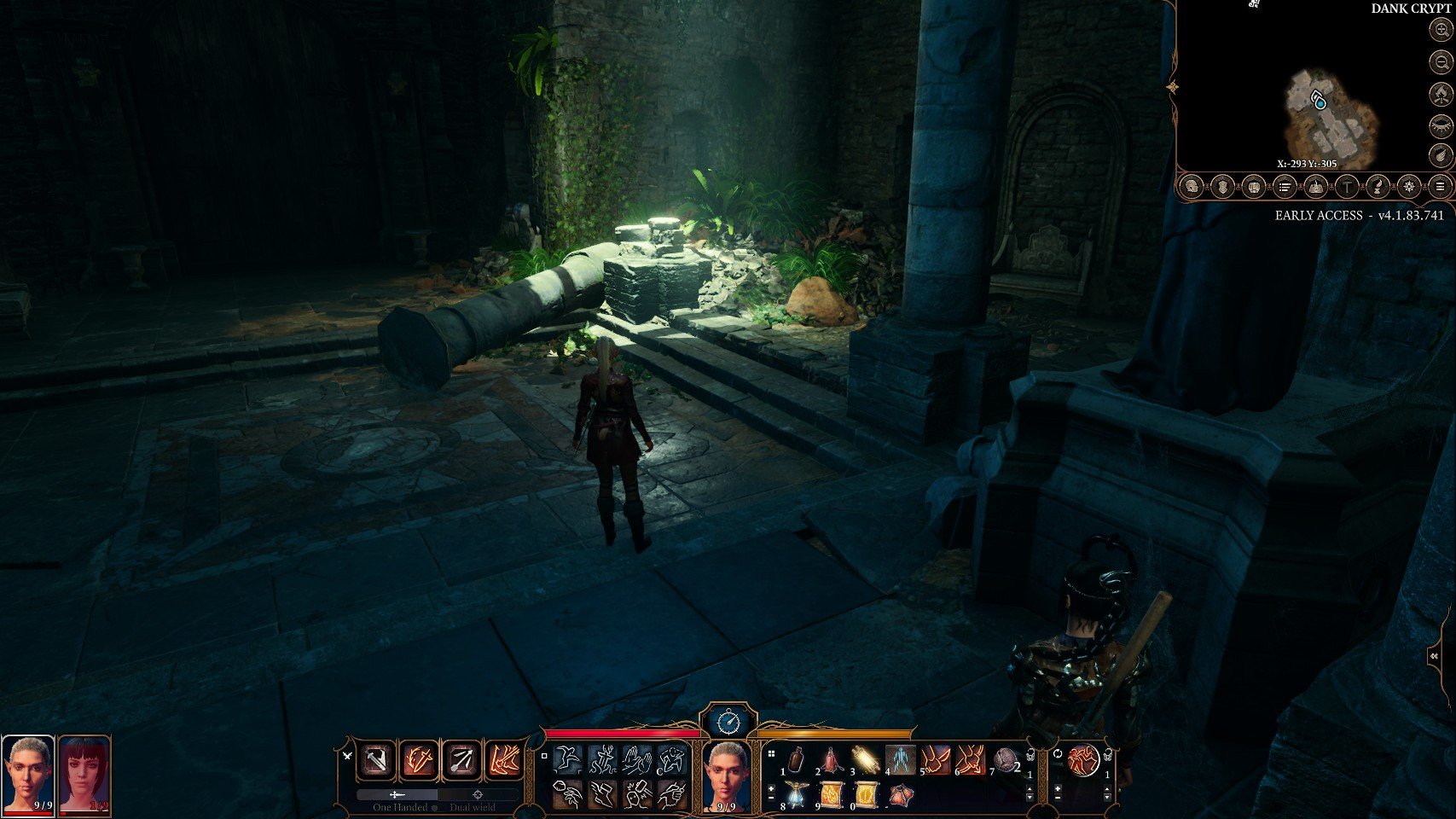
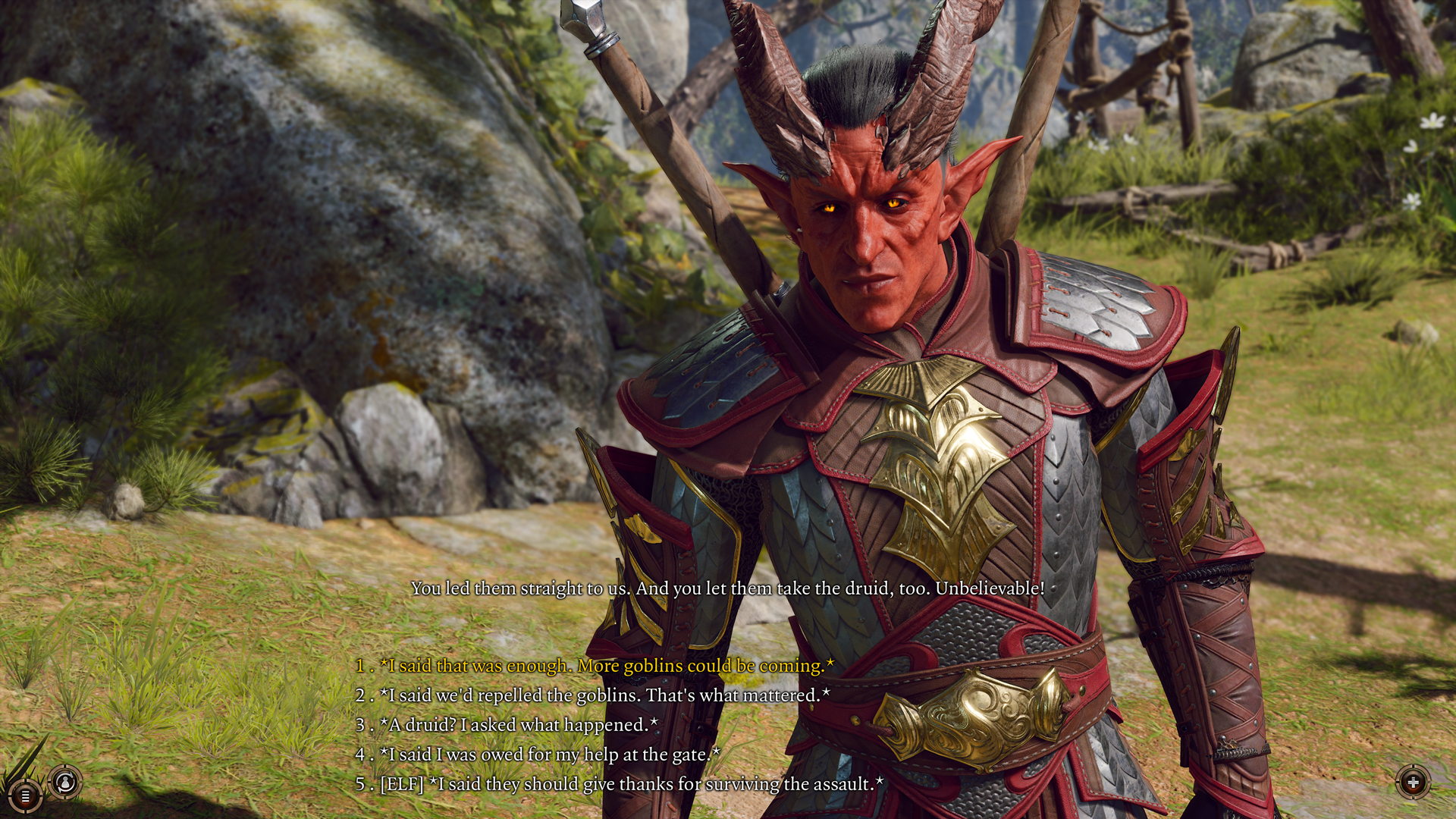
How Baldur's Gate 3 pilfered its best new idea from '90s adventure games
An open world might not sound particularly groundbreaking, no matter how cleverly it’s threaded together. But your angle of approach can have a profound impact on combat and its outcome. When I emerged from the crypt Shadowheart had led me into, I looked up into the faces of four dug-in bandits. A dash across exposed ground ensued, followed by a desperate battle to even the odds.
If I’d instead scaled the hill from the beach, I could have taken the crucial high ground, shoved the group’s archer from his perch, and crushed two fighters beneath a falling rock - all practically simultaneously, thanks to the ability to trigger turn-based mode before a skirmish begins.
The fighting feels a tad more grounded than its Divinity: Original Sin equivalent. Though Dungeons & Dragons hasn’t left Larian short on spells, and there are still many opportunities to combine the elements, the battlefield less regularly devolves into a boiling pool of electrified blood. Instead there’s more focus on tactile pugilism - the hurled objects and desperate pushes with both hands that put distance between you and a marauding enemy.
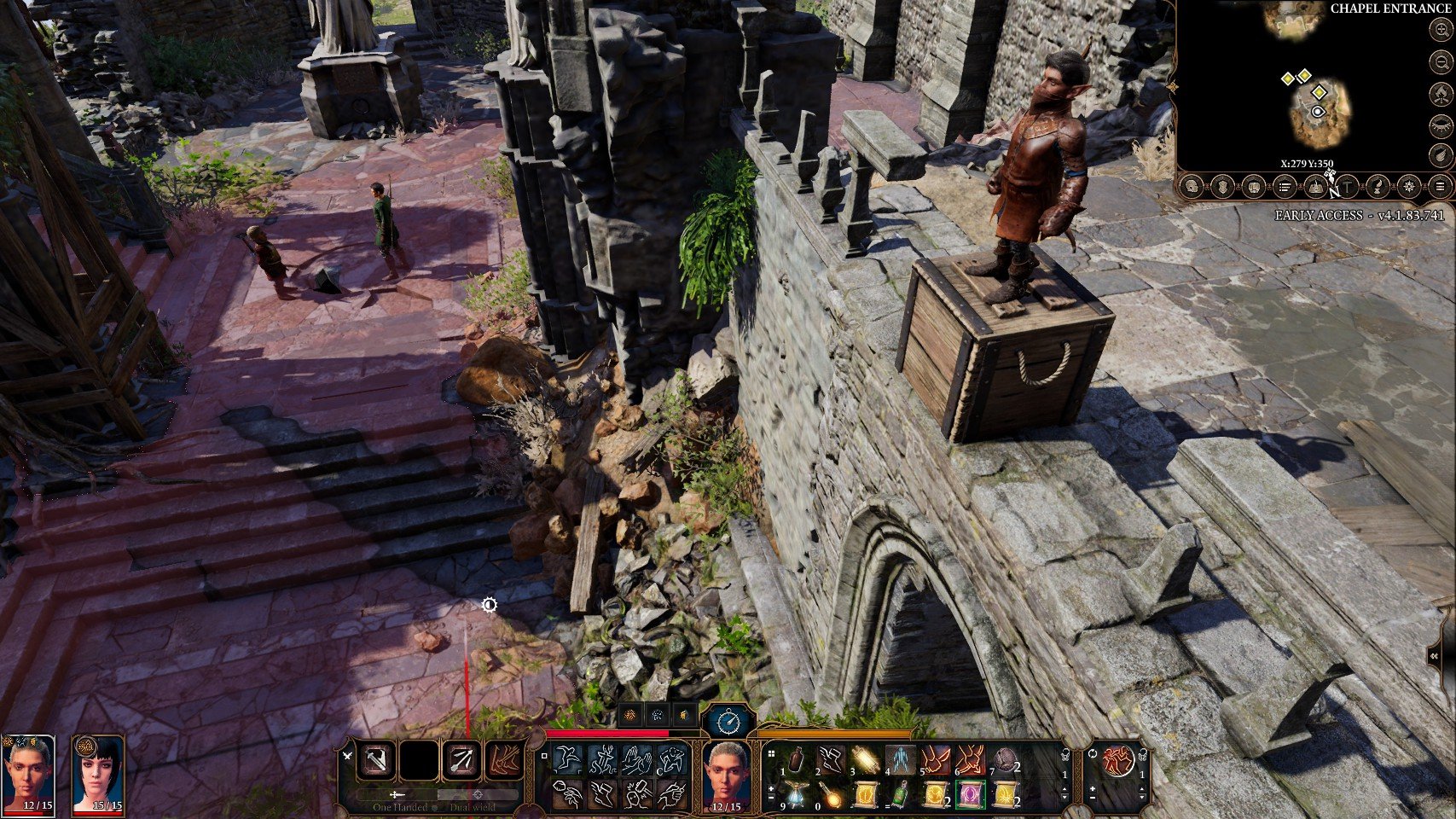
Sneaking plays a surprisingly central role, too, since it unlocks more options for all-important positioning as hostilities open. With the addition of a mouse indicator that highlights whether you’re about to move into light or shadow, plus illusions that pull the attention of enemies away from their usual patrol routes, Larian has the makings of a full-featured stealth engine on its hands. It seems feasible to avoid some encounters altogether, though I was loath to pass up the chance for elaborate backstabs, not to mention more XP. In D&D, for all its flexibility, personal development is still synonymous with killing.
Said killing often highlighted the bugs in the build I was playing, however. At the point of death, some enemies would warp horribly like John Carpenter monsters, their features unfolding across the terrain. One halfling’s hand merged with a nearby ladder, becoming a strange extra appendage for climbers to hold onto. Later, I saw a goblin thwack an archer so hard that he flattened into canvas, his body stretching like a tarpaulin that would have shielded the battlefield had it started raining.
These weren’t isolated cases: missing sound effects and jumpy animations abounded, and at one point a duplicate Shadowheart appeared just behind my companion; not unheard of in the Forgotten Realms, but in this case, not intentional.
Work in progress
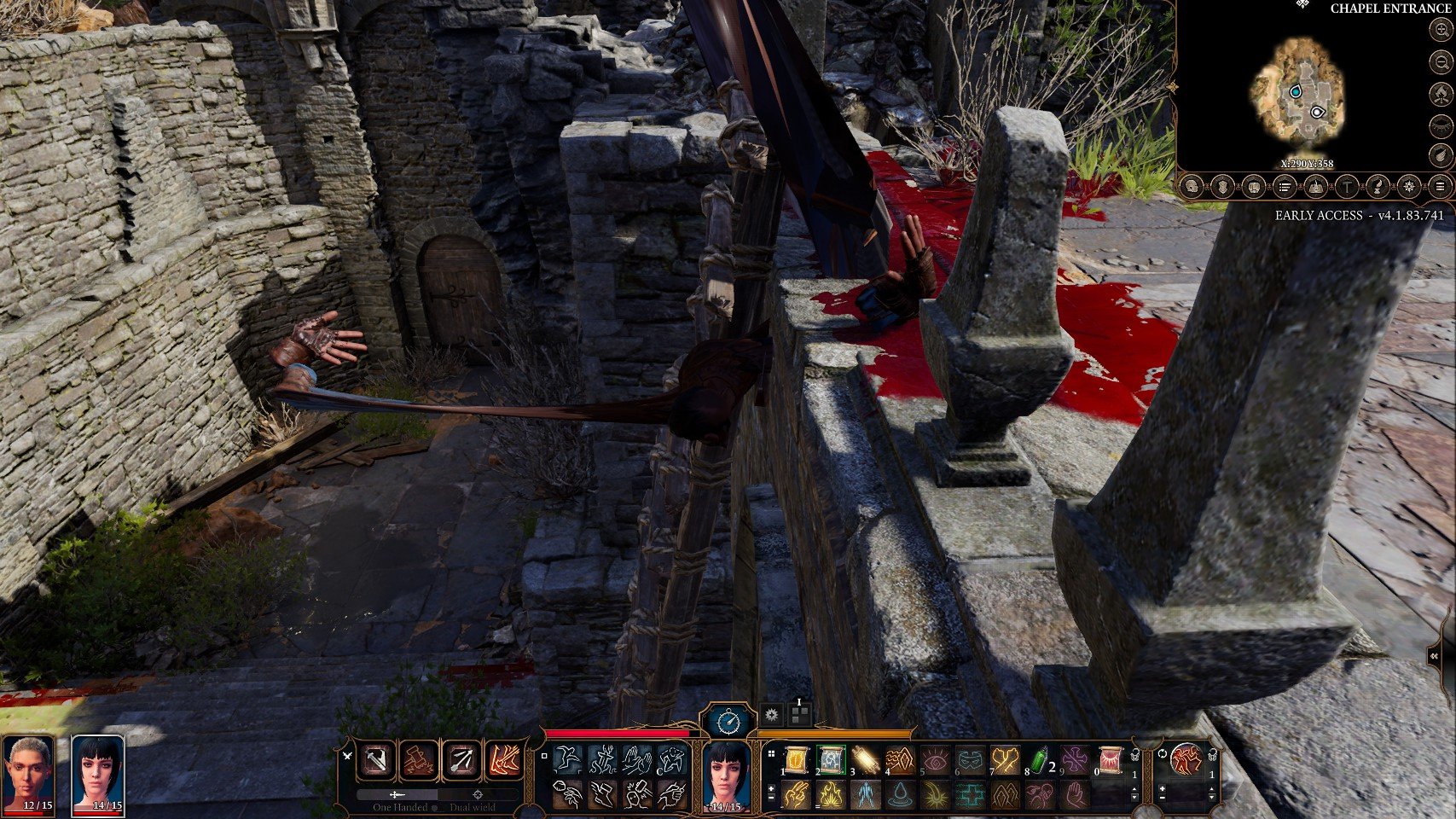
Today’s public build is already improved on the one I played yesterday, and Larian has been upfront about the number of bugs players can expect to face in Early Access. But it’s worth emphasising: though Baldur’s Gate 3 might already have as much dialogue and as many distractions as a finished game, it certainly isn’t one.
There will be some for whom the idea of an Early Access RPG feels intrinsically wrong - like racing the Nürburgring while it’s still being paved, or reading a series of epic fantasy novels before knowing whether the author will live to write the last one. There’s no arguing with the fact that, by playing Baldur’s Gate 3 now, you’re embarking on a journey you can’t yet finish.
Yet there’s something positive in that: the limited scope is an invitation to play - really play, to muck about and test the possibilities - rather than simply push to complete yet another RPG. This one’s worth hanging around in.

Find some modern classics to keep you going while you wait for Baldur's Gate 3 in our list of the best RPG games. And if you want to try the game that started it all, here's how to play D&D online.
Jeremy is a freelance editor and writer with a decade’s experience across publications like GamesRadar, Rock Paper Shotgun, PC Gamer and Edge. He specialises in features and interviews, and gets a special kick out of meeting the word count exactly. He missed the golden age of magazines, so is making up for lost time while maintaining a healthy modern guilt over the paper waste. Jeremy was once told off by the director of Dishonored 2 for not having played Dishonored 2, an error he has since corrected.



